The latest wines from Bordeaux: what to buy for the 2017 En Primeur
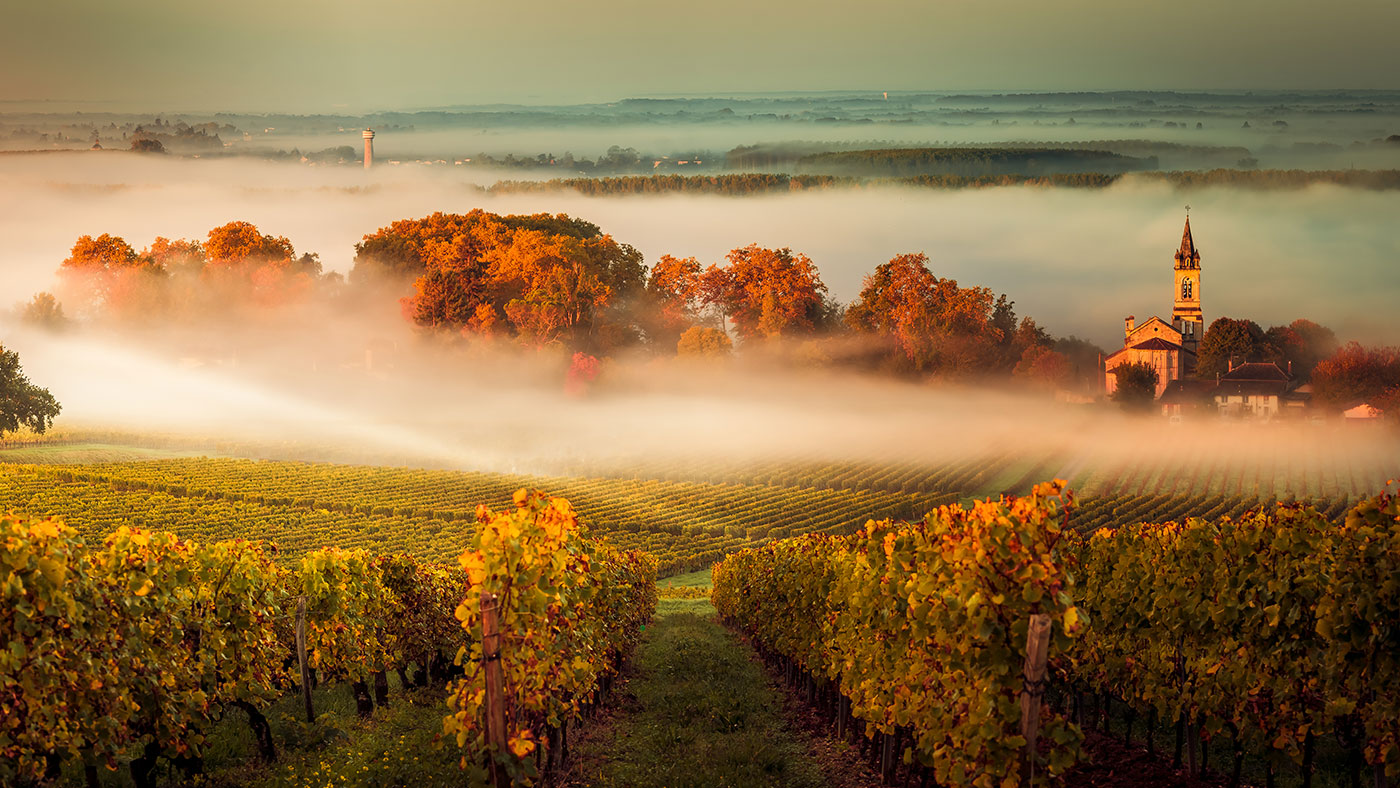

To fully understand the 2017 vintage, you have to digest the unique weather conditions during the growing season. A series of distinct, but interlinked, climatic occurrences shaped this vintage such that it cannot be compared with any other year. This means that the wines made are also singular in their silhouette and resonance. The year 2017 presented Bordeaux with a volley of viticultural challenges and, while some châteaux coped admirably, others fell well short.
The deadly grip of Jack Frost
Mild winter temperatures marked a relatively dry start to the year. Rain in February and March gave rise to an early bud-burst, which initiated rapid growth in the vines. With an early season on the cards, devastating frosts (the worst since 1991) ravaged the region at the end of April. The impact on some vineyards was complete annihilation of the crop. Other estates suffered partial losses and some lucky ones escaped the deadly fingers of Jack Frost completely. Many estates close to the Gironde were relatively unscathed thanks to this large body of water ameliorating temperatures. Others used giant fans, candles and helicopters to agitate the cold air in the vineyards in order to try to save their vines.
The Week
Escape your echo chamber. Get the facts behind the news, plus analysis from multiple perspectives.

Sign up for The Week's Free Newsletters
From our morning news briefing to a weekly Good News Newsletter, get the best of The Week delivered directly to your inbox.
From our morning news briefing to a weekly Good News Newsletter, get the best of The Week delivered directly to your inbox.
Estimates are that the harvest is down by 45% on 2016. Spring was fine and flowering was early, but second shoots, which replaced many of those taken by the frost, in most cases failed to produce grapes worthy of inclusion in the wines. Those châteaux that used second shoots can often be distinguished by overriding green notes in the wines.
The summer was cooler than the seasonal average and fruit continued to ripen apace in near-drought conditions, which helped tannins to ripen to maturity (this is not a tannic vintage). By early September many vineyards were ready to harvest some two weeks ahead of the norm. Acids were keen and bright on account of the cool summer, fruit was juicy and bold owing to the early season coupled with the dry August, and rain in September refreshed the vines, bringing them back to balance.
The role of hoodoo
Left Bank reds are most successful in Saint-Estèphe, Pauillac and Saint-Julien, with early budding merlot being hit hardest by frost. Margaux, the Haut-Médoc and greater Graves are all patchier. The Right Bank seems strong in Pomerol and Fronsac and less reliable in Saint-Emilion, where only the elevated sites stood a chance of avoiding frost. Dry whites are rather lovely, but not necessarily long-lived. Those wines with lots of sauvignon blanc seem to be crunchier than usual and they will drink early and reward greatly.
A free daily email with the biggest news stories of the day – and the best features from TheWeek.com
Much has been made of the “vintage-ending-in-a-7” hoodoo, which usually puts the mockers on red wines and rewards sweeties. I can report that there are some lovely Sauternes in 2017, but it is not a truly great year. Sauvignon blanc ripened earlier than semillon and then it spent nearly a month on the vine, waiting around before botrytis set in. During this period, it appears to have lost its vivacity. While the luscious botrytis-affected semillons are plush and succulent, many lack an extra level of poise. Having said this, some flamboyant wines were made.
What about the price?
Most châteaux were open about assessing this vintage as a “lesser” year than both 2016 and 2015. I suppose, in absolute terms, this is true, but some of my notes for 2017 are superior to both 2016 and 2015 for a few of the astute estates. Granted, the wines are not likely to be as long-lived, but they are brighter, less tannic, lower in alcohol and also fresher than both of these famous years. Early indications are that the prices will be somewhere between the 2014 and 2015 vintage releases.
I am not alone in thinking that Bordeaux En Primeur is awash with lovely wines, but bereft of excitement. Recent vintages have been prohibitively expensive and the EP specialist merchants have not really had their heart in it. My advice to Bordeaux is to inject the element of drama and excitement back into this annual event. If you would like to download my full report I would be delighted to direct you to MatthewJukes.com.
| Row 0 - Cell 0 | The ten highest-scoring 2017 red En Primeur Bordeaux | Ten great-value 2017 red En Primeur Bordeaux* | ||
| Row 1 - Cell 0 | My score out of 20 | My score out of 20 | ||
| 1 | Château Ausone (1er Grand Cru Classé A, Saint-Emilion) | 19.5 | Château Calon Ségur (3ème Cru, Saint-Estèphe) | 18 |
| 2 | Château La Mission Haut-Brion (Pessac-Léognan) | 19 | Château Smith Haut Lafitte Rouge (Pessac-Léognan) | 18 |
| 3 | Pétrus (Pomerol) | 19 | Alter Ego (2nd wine of Palmer, Margaux) | 17.5 |
| 4 | Vieux Château Certan (Pomerol) | 19 | Carillon d’Angélus (2nd wine of Angélus, Saint-Emilion) | 17.5 |
| 5 | Château Ducru-Beaucaillou (2ème Cru, Saint-Julien) | 19 | Château Branaire-Ducru (4ème Cru, Saint-Julien) | 17.5 |
| 6 | Château La Conseillante (Pomerol) | 19 | Château Haut-Brisson (Grand Cru, Saint-Emilion) | 17.5 |
| 7 | Tertre Roteboeuf (Grand Cru, Saint-Emilion) | 19 | Château La Lagune (3ème Cru, Haut-Médoc) | 17.5 |
| 8 | Le Pin (Pomerol) | 19 | Château Lafon-Rochet (4ème Cru, Saint-Estèphe) | 17.5 |
| 9 | Château Haut-Brion (1er Cru, Pessac-Léognan) | 19 | Château Montlandrie (Castillon Côtes de Bordeaux) | 17.5 |
| 10 | Château Palmer (3ème Cru, Margaux) | 18.5 | Château Sociando-Mallet (Haut-Médoc) | 17.5 |
| *assuming prices fair |
-
 A lemon-shaped exoplanet is squeezing what we know about planet formation
A lemon-shaped exoplanet is squeezing what we know about planet formationUnder the radar It may be made from a former star
-
 Political cartoons for January 4
Political cartoons for January 4Cartoons Sunday's political cartoons include a resolution to learn a new language, and new names in Hades and on battleships
-
 The ultimate films of 2025 by genre
The ultimate films of 2025 by genreThe Week Recommends From comedies to thrillers, documentaries to animations, 2025 featured some unforgettable film moments
-
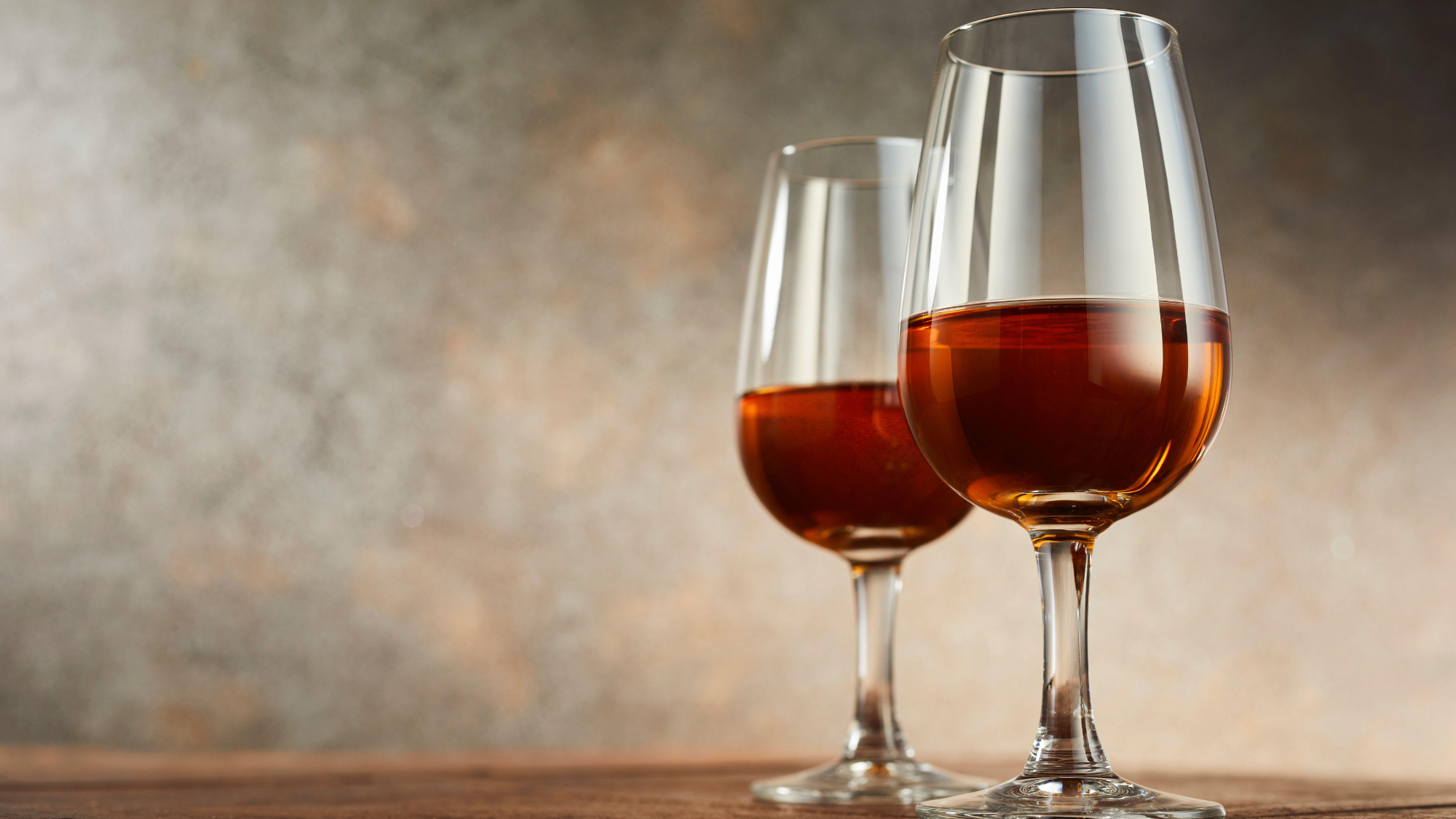 The best sherries to try this autumn
The best sherries to try this autumnThe Week Recommends The warming tipple from sunny Spain is an underrated cold-weather staple
-
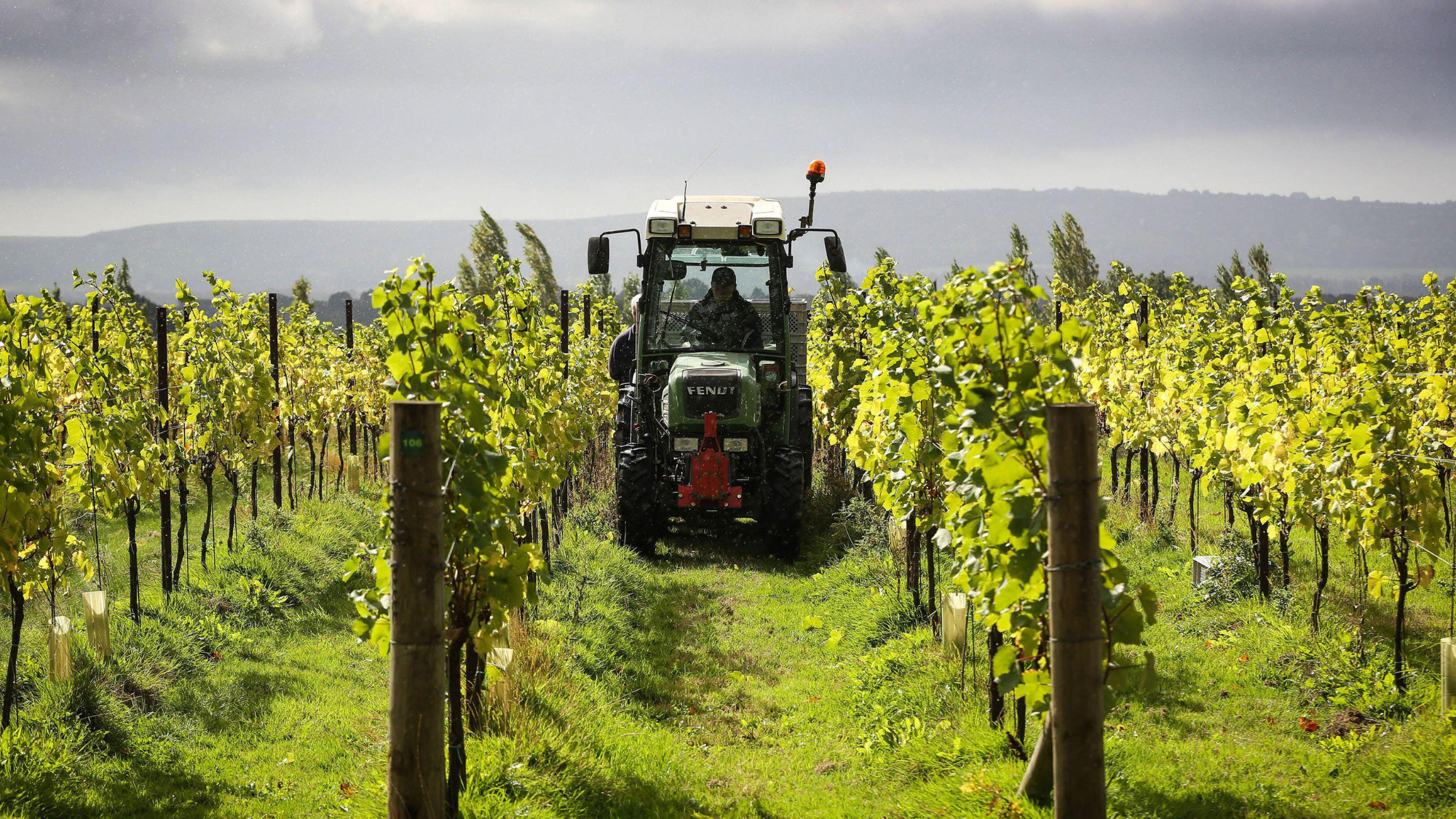 The rise of English sparkling wine
The rise of English sparkling wineThe Week Recommends As UK-based brands give champagne a run for its money, here’s everything you need to know about choosing the right bottle
-
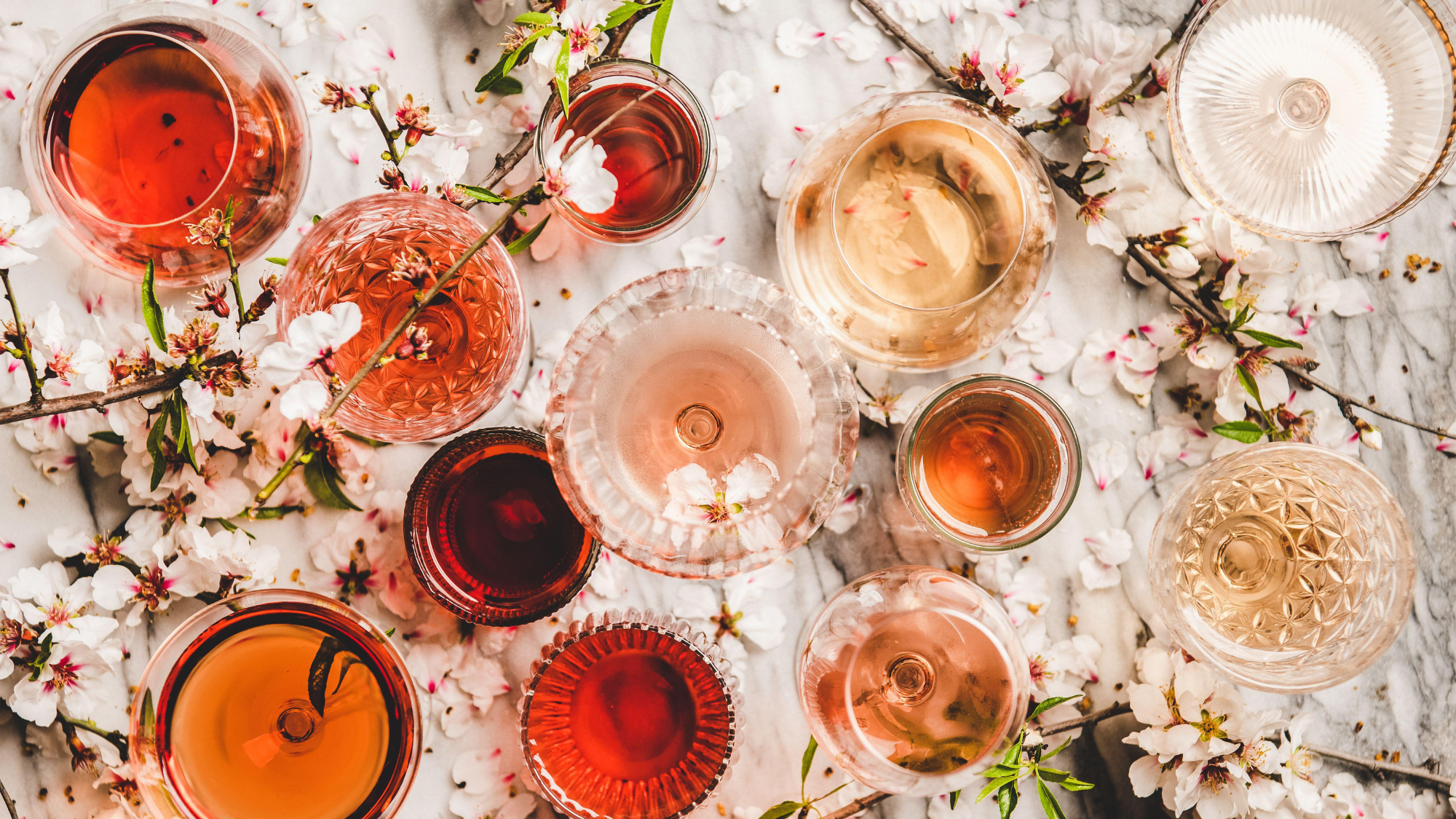 Rosorange: the chic 'love child' of orange wine and rosé
Rosorange: the chic 'love child' of orange wine and roséThe Week Recommends Peachy to look at and crisp to drink, here's to the wine of the summer
-
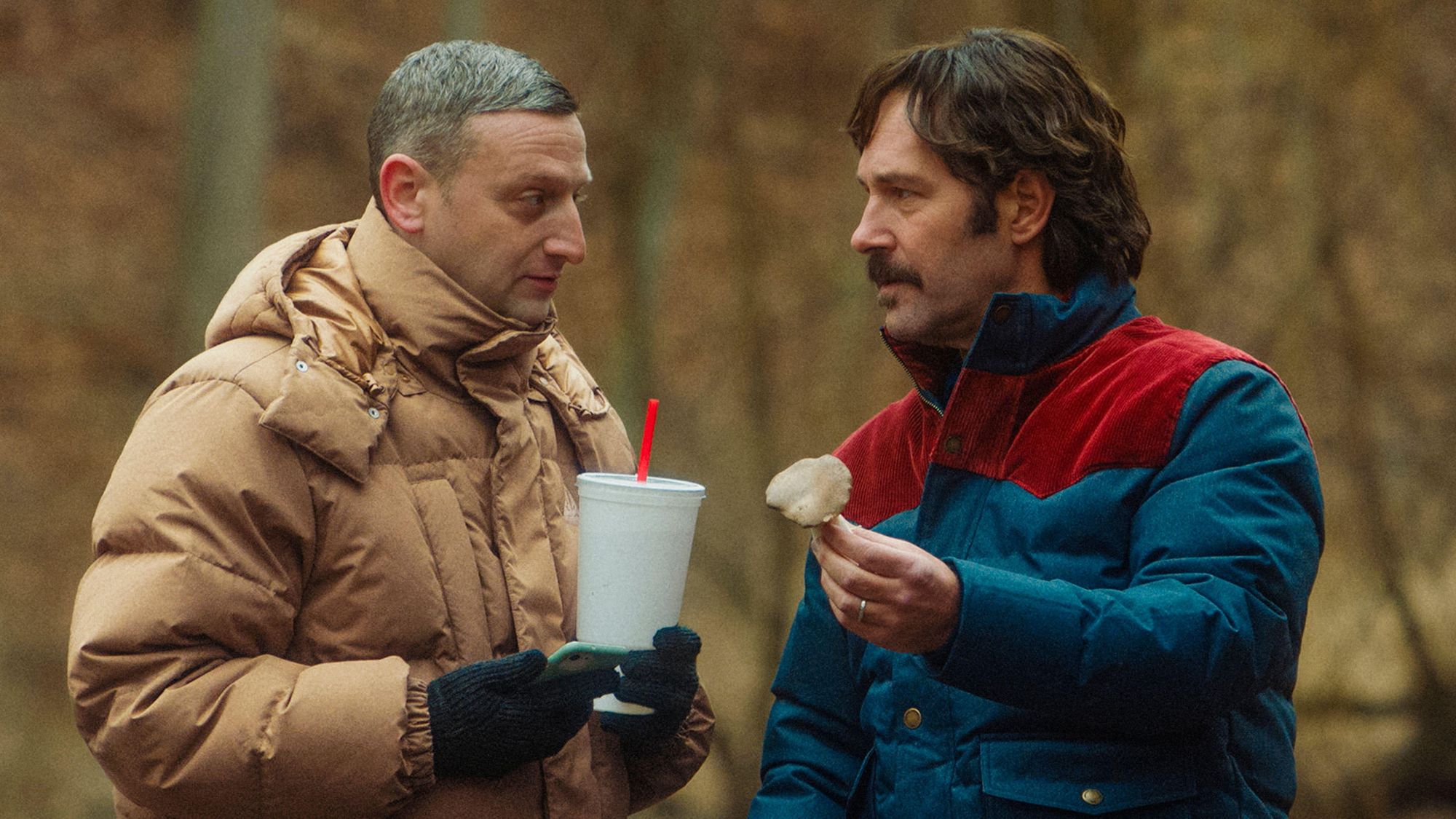 Friendship: 'bromance' comedy starring Paul Rudd and Tim Robinson
Friendship: 'bromance' comedy starring Paul Rudd and Tim RobinsonThe Week Recommends 'Lampooning and embracing' middle-aged male loneliness, this film is 'enjoyable and funny'
-
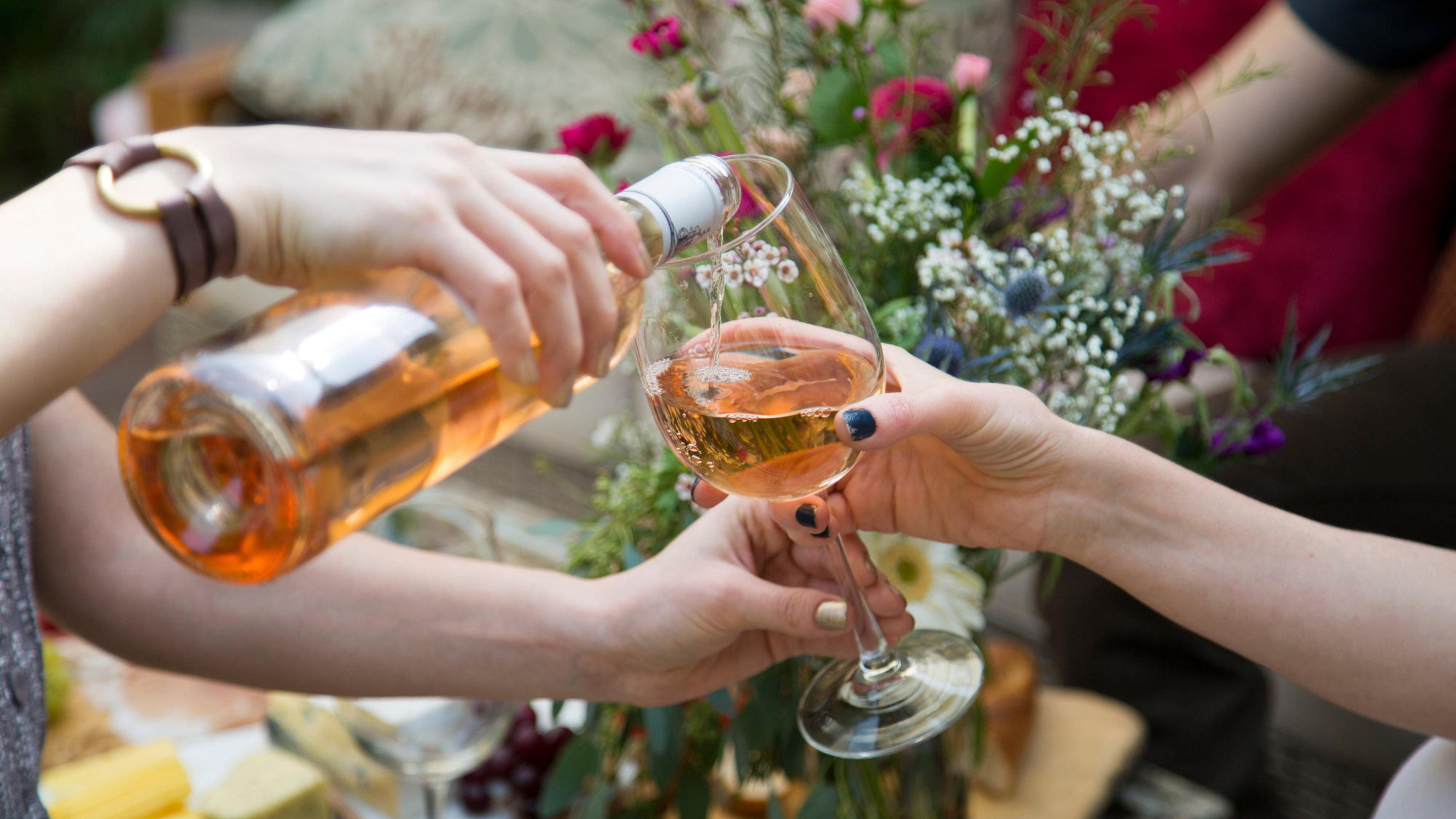 The best rosé wines to try this summer
The best rosé wines to try this summerThe Week Recommends Warm weather means it's pink wine's moment in the sun
-
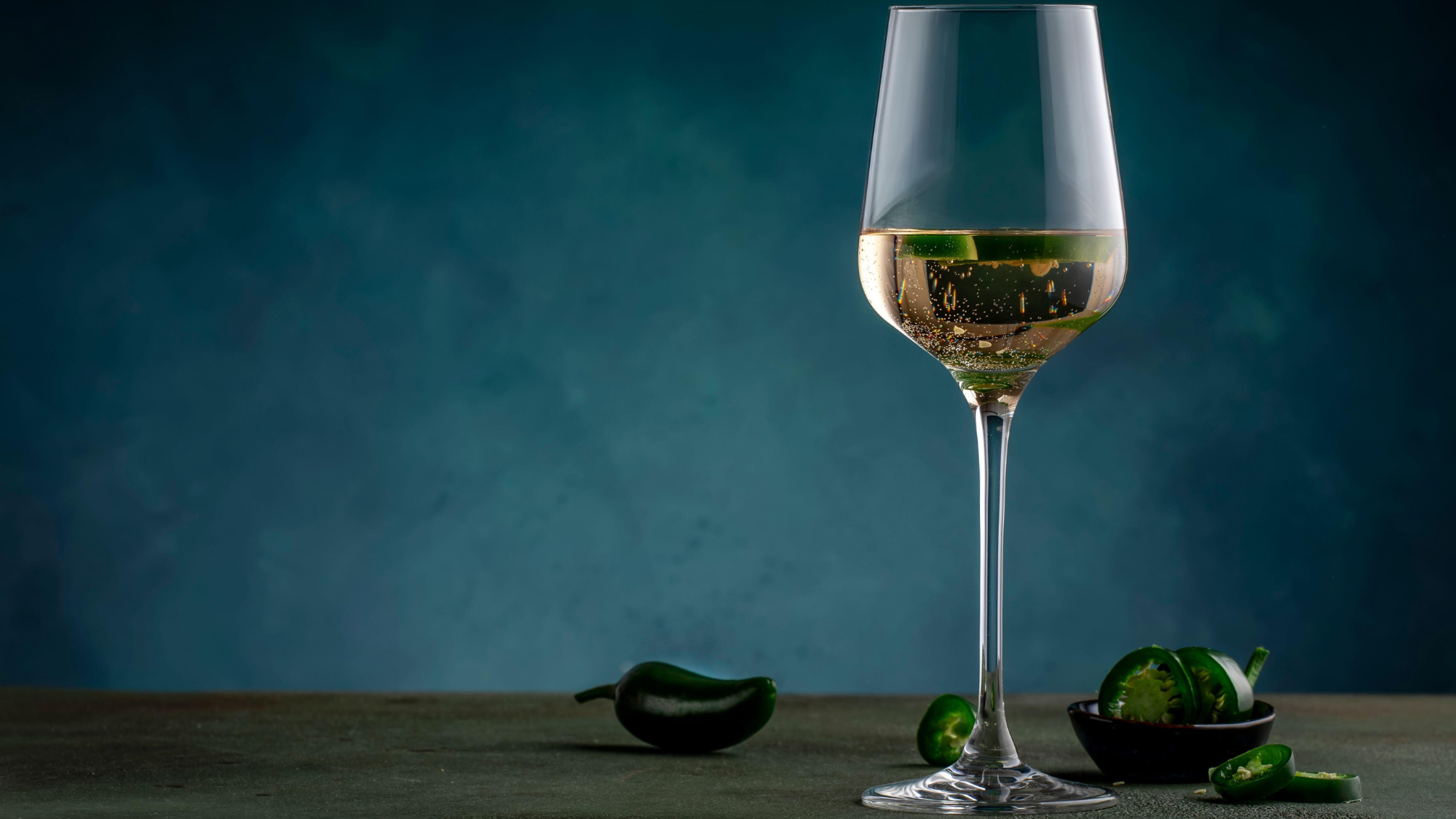 The jalapeño wine trend taking TikTok by storm
The jalapeño wine trend taking TikTok by stormThe Week Recommends Scatter a few chilli slices into your sauvignon blanc for a subtle and refreshing kick
-
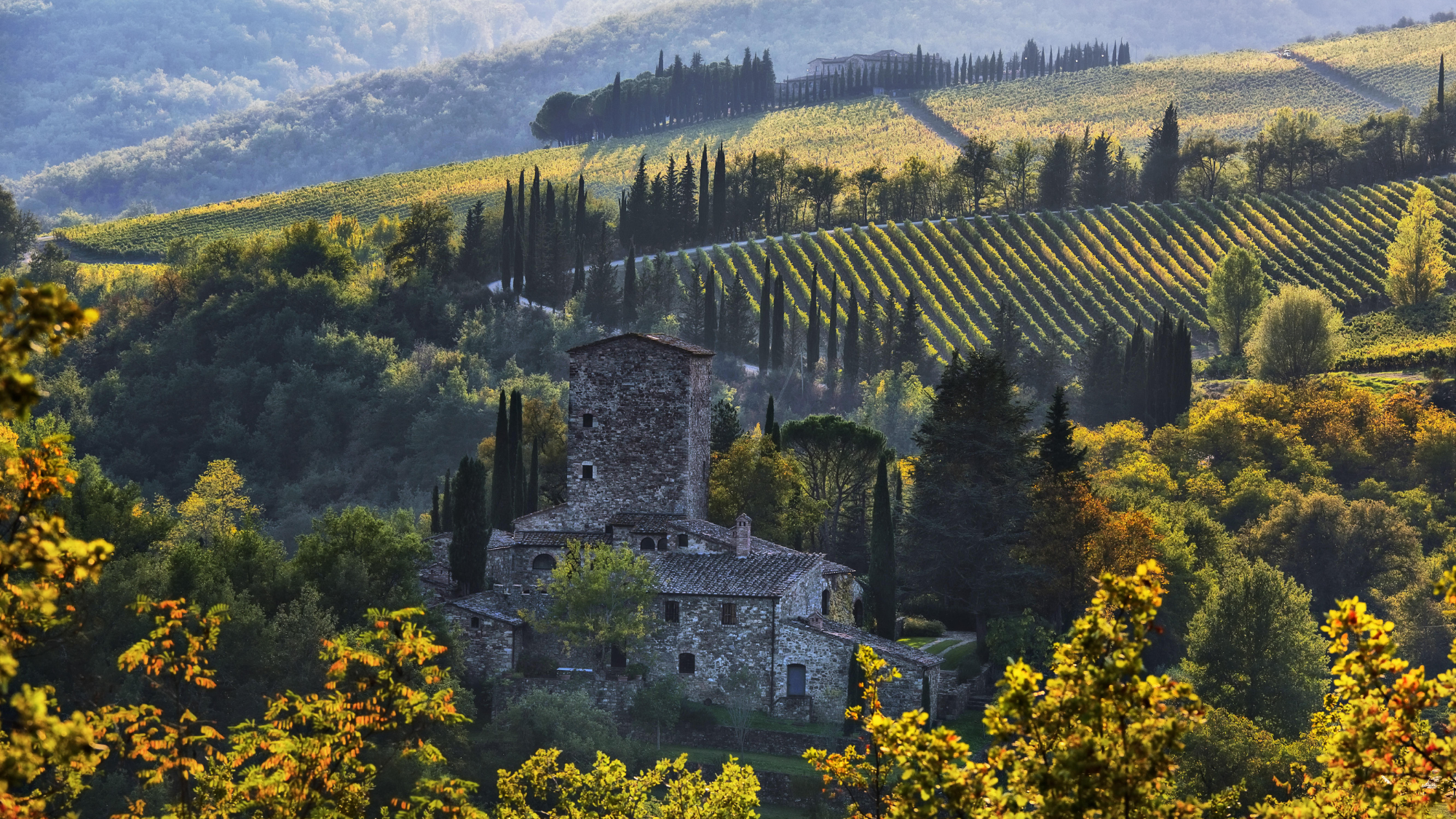 Wine-tasting in Tuscany
Wine-tasting in TuscanyThe Week Recommends From biodynamic vineyards to historic cellars, the picturesque region is a wine lover's dream
-
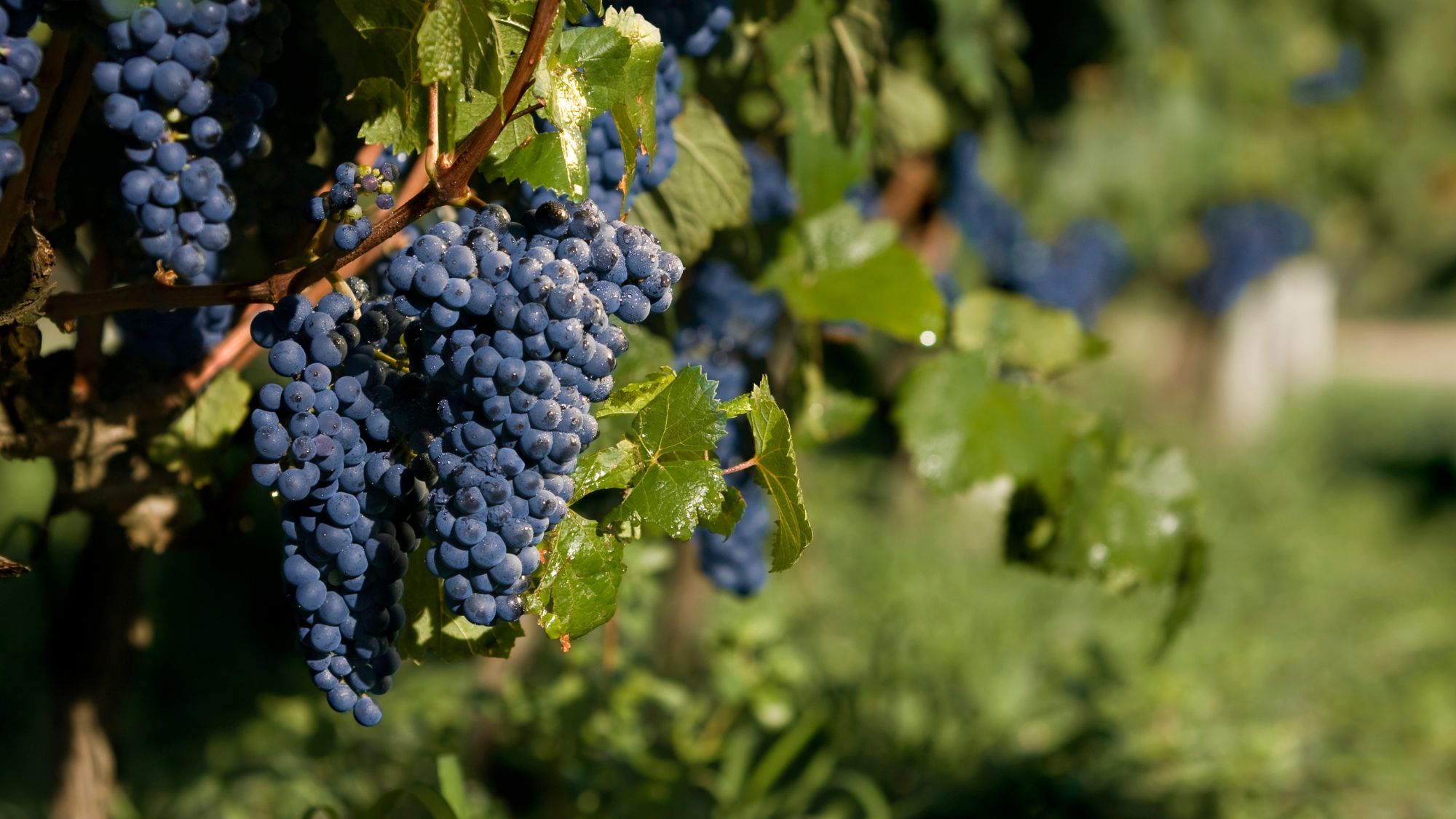 A wine-themed tour of beautiful Uruguay
A wine-themed tour of beautiful UruguayThe Week Recommends Secret paradise in South America boasts beautiful vineyards